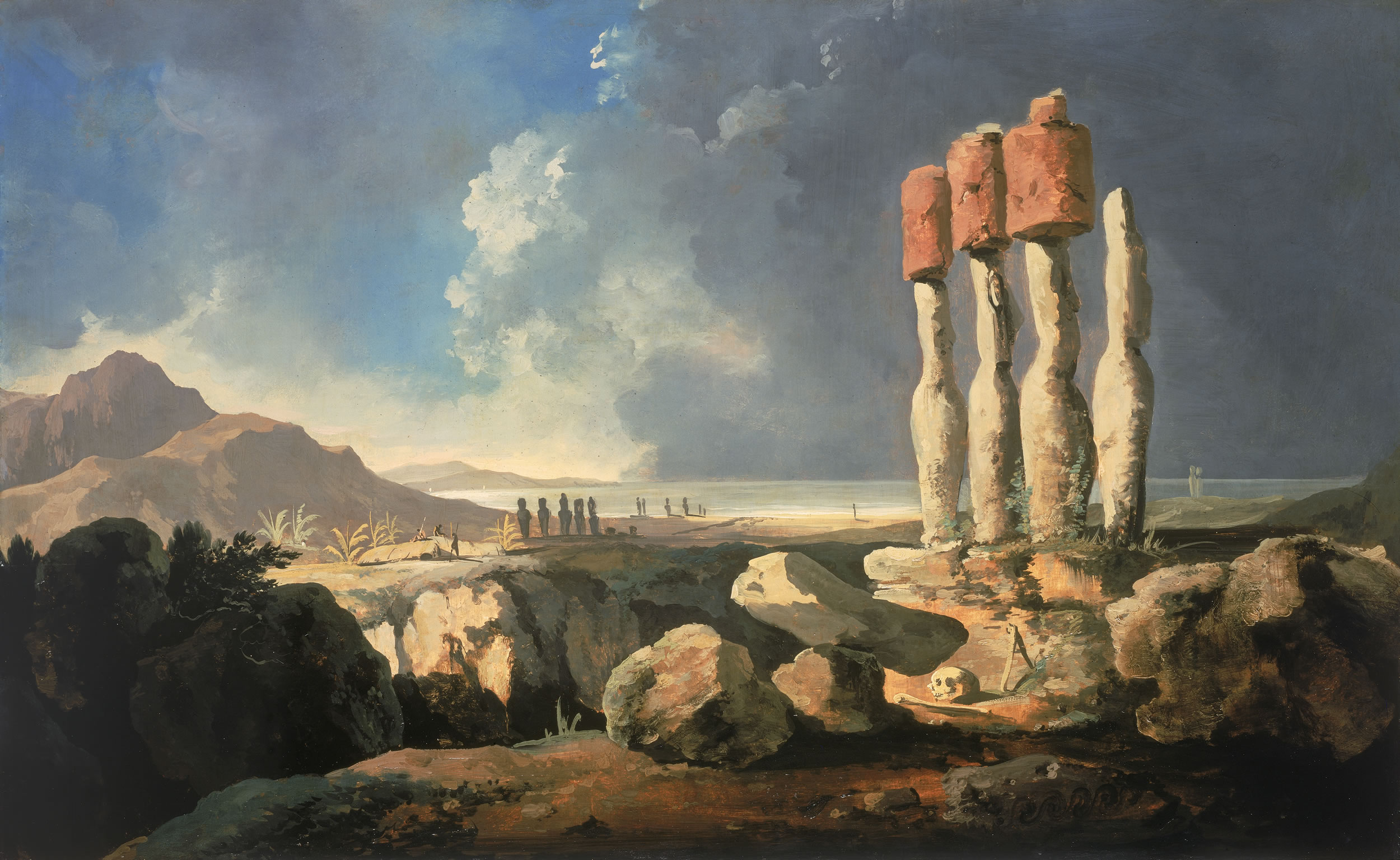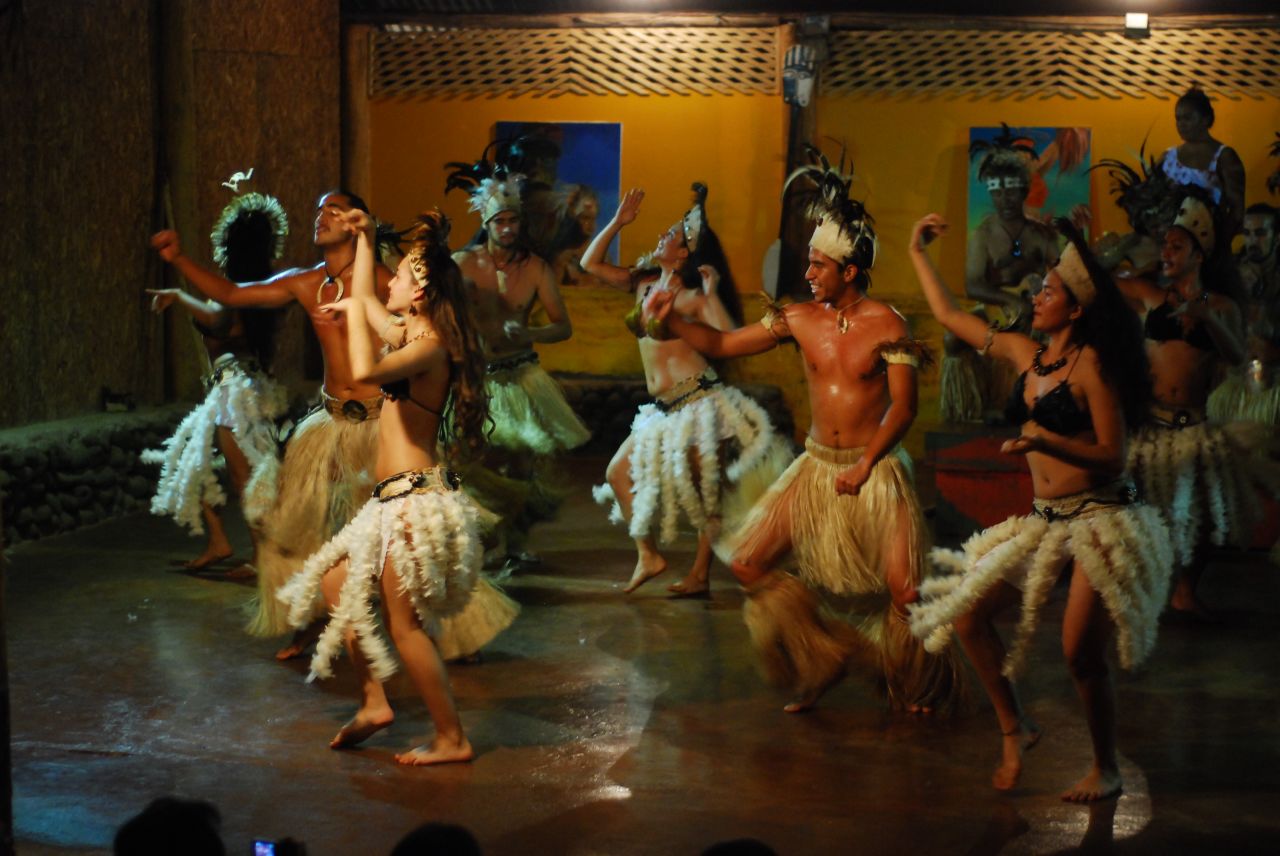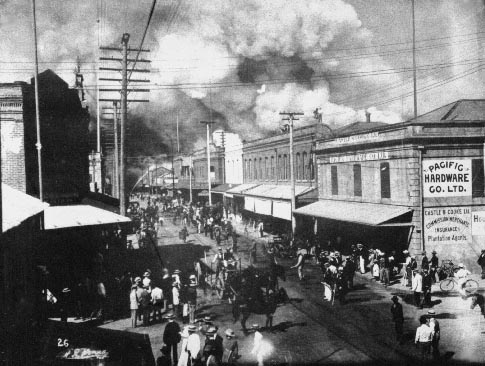|
Haua-tuꞌu-take-take
Haua () or Haua tuꞌu taketake, also known as the 'Chief of the eggs', was the companion of the creator god Makemake of Easter Island. Little is known of him, or of any aspects of indigenous religion on the island, but prayers said before eating were made to the two of them. His wife was ''vîꞌe'' Hoa. Only a few details of Haua have been preserved. Along with Makemake, he was central to the Birdman sect of Eastern Island. He and Makemake had removed nesting seabirds to the offshore islets of Motu Nui ('big islet') and Motu Iti ('little islet'), because people were eating all of their eggs, and established the Birdman sect through a priestess who came across the two gods. Haua and Makemake instructed the priestess to tell the Rapa Nui that before eating, when they took the food from the oven, they should set aside a portion and say 'Take for Haua, for Makemake!' (''Ka toꞌo ma Haua, ma Makemake'').Routledge 1917, p. 135 References * Alfred Métraux. 9401971. ''Ethnology ... [...More Info...] [...Related Items...] OR: [Wikipedia] [Google] [Baidu] |
Makemake (deity)
Makemake (also written as Make-make; pronounced in Rapa Nui) in the Rapa Nui mythology of Easter Island is the creator of humanity, the god of fertility and the chief god of the " Tangata manu" or ''bird-man'' sect (this sect succeeded the island's more famous Moai era). He appeared to be the local form, or name, of the old Polynesian god Tane. He had no wife. Makemake, as a face with large eyes or perhaps a skull with large eye sockets and a phallic nose, is a frequent subject of the Rapa Nui petroglyphs. The Birdman sect Métraux states that Easter Island's "greatest religious festival, the only one concerning which circumstantial details survive, was that of the bird-man, intimately linked with the cult of the god Makemake." Makemake drove the birds to nest on the islet of Motu Nui ('big islet'), the center of the ''tangata-manu'' (bird-man) sect. Four gods were associated with it: Makemake, Haua-tuꞌu-take-take ('Chief of the eggs', usually simply called 'Haua'), ''v� ... [...More Info...] [...Related Items...] OR: [Wikipedia] [Google] [Baidu] |
Easter Island
Easter Island (, ; , ) is an island and special territory of Chile in the southeastern Pacific Ocean, at the southeasternmost point of the Polynesian Triangle in Oceania. The island is renowned for its nearly 1,000 extant monumental statues, called ''moai'', which were created by the early Rapa Nui people. In 1995, UNESCO named Easter Island a World Heritage Site, with much of the island protected within Rapa Nui National Park. Experts differ on when the island's Polynesian inhabitants first reached the island. While many in the research community cited evidence that they arrived around the year 800, a 2007 study provided compelling evidence suggesting their arrival was closer to 1200. The inhabitants created a thriving and industrious culture, as evidenced by the island's numerous enormous stone ''moai'' and other artifacts. Land clearing for cultivation and the introduction of the Polynesian rat led to gradual deforestation. By the time of European arrival in 1722, the i ... [...More Info...] [...Related Items...] OR: [Wikipedia] [Google] [Baidu] |
Tangata Manu
The ''Tangata manu'' ("bird-man," from "human beings" + "bird") was the winner of a traditional ritual competition on Rapa Nui ( Easter Island) to collect the first sooty tern () egg of the season from the nearby islet of Motu Nui, swim back to Rapa Nui, and climb the sea cliffs of Rano Kau to the clifftop village of Orongo. Mythology In the Rapa Nui mythology, the deity Makemake was the chief god of the bird-man cult; the other three deities associated with it were Hawa-tuu-take-take (the Chief of the eggs, a male god), his wife Vie Hoa, and another female deity named Vie Kenatea. Each of these four also had a servant god who was associated with them. The names of all eight would be chanted by contestants during the various rituals preceding the egg hunt. Bird-man religion The identities of the contestants, all men of importance on the island, were revealed in prophecies by ''ivi-attua'' priests, who could be either men or women. Each contestant would then appoint one ... [...More Info...] [...Related Items...] OR: [Wikipedia] [Google] [Baidu] |
Motu Nui
Motu Nui is the largest of the Islet, islets located off the southwestern coast of Easter Island (Rapa Nui) and constitutes the westernmost point of Chile. Covering an area of 3.9 hectares, it is the summit of a submerged volcanic mountain that rises over 2,000 meters from the seafloor. Motu Nui is one of the five satellite islets of Easter Island and is notable for being among the three closest landmasses to Point Nemo, the oceanic pole of inaccessibility. The other two are Ducie Island (Pitcairn Islands) and Maher Island (Antarctica). Historically, Motu Nui played a central role in the ''Tangata manu'' ("bird-man") cult, a religious tradition that developed after the moai-building period and before the widespread adoption of Christianity in the 1860s. Each year, representatives (''Hopu'') from different clans would swim to Motu Nui to await the arrival of the manutara, ''manutara'' (sooty tern). The first Hopu to retrieve an egg would return to Easter Island and present it ... [...More Info...] [...Related Items...] OR: [Wikipedia] [Google] [Baidu] |
Motu Iti (Rapa Nui)
Motu Iti, or ''Little island'' in the Rapa Nui language, is a small uninhabited islet near Motu Nui, about a mile from Rano Kau on the south western corner of Easter Island, a Chilean island in the Pacific. It has a land area of 1.6 hectares, which makes it the second largest of the five satellite islands of Easter Island, after Motu Nui. Nowadays it is a bird sanctuary and part of the Rapa Nui National Park but until the late nineteenth century CE it was important to the Rapanui people both as their best sourceFlenley and Bahn The enigmas of Easter Island 2003 of obsidian for sharp edged tools and for an annual harvest of eggs and fledglings from the seabirds that nested on it. Motu Iti is the summit of a large volcanic mountain which rises over 2,000 meters from the sea bed. Seabird Seabirds (also known as marine birds) are birds that are adaptation, adapted to life within the marine ecosystem, marine environment. While seabirds vary greatly in lifestyle, behav ... [...More Info...] [...Related Items...] OR: [Wikipedia] [Google] [Baidu] |
Rapa Nui People
The Rapa Nui (Rapa Nui: , Spanish: ) are the Indigenous Polynesian peoples of Easter Island. The easternmost Polynesian culture, the descendants of the original people of Easter Island make up about 60% of the current Easter Island population and have a significant portion of their population residing in mainland Chile. They speak both the traditional Rapa Nui language and the primary language of Chile, Spanish. At the 2017 census there were 7,750 island inhabitants—almost all living in the village of Hanga Roa on the sheltered west coast. As of 2011, Rapa Nui's main source of income derived from tourism, which focuses on the giant sculptures called moai. Over the past decade, Rapa Nui activists have been fighting for self-determination and sovereignty over their lands. Protests in 2010 and 2011 by the Indigenous Rapa Nui on Easter Island, objecting to the creation of a marine park and reserve, have led to clashes with Chilean police. History Pre-European contact (300 ... [...More Info...] [...Related Items...] OR: [Wikipedia] [Google] [Baidu] |
Earth Oven
An earth oven, ground oven or cooking pit is one of the simplest and most ancient cooking structures. The earliest known earth oven was discovered in Central Europe and dated to 29,000 BC. At its most basic, an earth oven is a pit in the ground used to trap heat and bake, smoke, or steam food. Earth ovens have been used in many places and cultures in the past, and the presence of such cooking pits is a key sign of human settlement often sought by archaeologists. Earth ovens remain a common tool for cooking large quantities of food where no equipment is available. They have been used in various civilizations around the world and are still commonly found in the Pacific Rim, Pacific region to date. To bake food, the fire is built, then allowed to burn down to a Smouldering, smoulder. The food is then placed in the oven and covered. This covered area can be used to bake bread or other various items. Steaming food in an earth oven covers a similar process. Fire-heated rocks are put i ... [...More Info...] [...Related Items...] OR: [Wikipedia] [Google] [Baidu] |
Alfred Metraux
Alfred may refer to: Arts and entertainment *''Alfred J. Kwak'', Dutch-German-Japanese anime television series * ''Alfred'' (Arne opera), a 1740 masque by Thomas Arne * ''Alfred'' (Dvořák), an 1870 opera by Antonín Dvořák *"Alfred (Interlude)" and "Alfred (Outro)", songs by Eminem from the 2020 album ''Music to Be Murdered By'' Business and organisations * Alfred, a radio station in Shaftesbury, England *Alfred Music, an American music publisher *Alfred University, New York, U.S. *The Alfred Hospital, a hospital in Melbourne, Australia People * Alfred (name) includes a list of people and fictional characters called Alfred * Alfred the Great (848/49 – 899), or Alfred I, a king of the West Saxons and of the Anglo-Saxons Places Antarctica * Mount Alfred (Antarctica) Australia * Alfredtown, New South Wales * County of Alfred, South Australia Canada * Alfred and Plantagenet, Ontario ** Alfred, Ontario, a community in Alfred and Plantagenet * Alfred Island, Nunavut * Mo ... [...More Info...] [...Related Items...] OR: [Wikipedia] [Google] [Baidu] |
Honolulu
Honolulu ( ; ) is the List of capitals in the United States, capital and most populous city of the U.S. state of Hawaii, located in the Pacific Ocean. It is the county seat of the Consolidated city-county, consolidated City and County of Honolulu County, Hawaii, Honolulu, situated along the southeast coast of the island of Oahu, Oʻahu, and is the westernmost and southernmost major U.S. city as well as westernmost and southernmost U.S. state capital. It is also a major hub for business, finance, hospitality, and military defense in both the state and Oceania. The city is characterized by a mix of various Asian culture, Asian, Western culture, Western, and Oceanian culture, Pacific cultures, reflected in its diverse demography, cuisine, and traditions. is Hawaiian language, Hawaiian for "sheltered harbor" or "calm port"; its old name, , roughly encompasses the area from Nuʻuanu Avenue to Alakea Street and from Hotel Street to Queen Street, which is the heart of the present dow ... [...More Info...] [...Related Items...] OR: [Wikipedia] [Google] [Baidu] |
Katherine Routledge
Katherine Maria Routledge ( ; ; 11 August 1866 – 13 December 1935) was an English archaeologist and anthropologist who, in 1914, initiated and carried out much of the first true survey of Easter Island. She was the second child of Kate and Gurney Pease, and was born into a wealthy Quaker family in Darlington, County Durham, northern England. She graduated from Somerville Hall (now Somerville College, Oxford), with Honours in Modern History in 1895, and for a while taught courses through the Extension Division and at Darlington Training College. After the Second Boer War, she traveled to South Africa with a committee to investigate the resettlement of single working women from England to South Africa. In 1906 she married William Scoresby Routledge. The couple went to live among the Kikuyu people of what was then British East Africa, and in 1910 jointly published a book of their research entitled ''With A Prehistoric People''. Easter Island In 1910 the Routledges decided ... [...More Info...] [...Related Items...] OR: [Wikipedia] [Google] [Baidu] |
Rapa Nui Gods
Rapa may refer to: People * Oltion Rapa (born 1989), Albanian footballer Places * Rapa Nui, the native name of Easter Island, a special territory of Chile * Rapa Iti, one of the Bass Islands in French Polynesia * Rapa, Poland, a village in Warmian-Masurian Voivodeship Rivers * Rapa River, a tributary of the Lesser Lule River in Sweden * Râpa (Mureș), a tributary of the River Mureș in Transylvania, Romania * Râpa (Vișa), a tributary of the Vișa in Sibiu County, Romania Other uses * Rapa language, the language of Rapa Iti, in the Austral Islands of French Polynesia * ''Rapa'' (gastropod), a genus of sea snails * Rapa, a name for the plant rapeseed (''Brassica napus'') * ''Rapa'' (TV series), a Spanish television series See also * * Râpa (other) Râpa may refer to several villages in Romania: * Râpa, a village in Tinca Commune, Bihor County * Râpa, a village in the town of Motru Motru () is a municipiu, city in Romania, Gorj County. It is situated o ... [...More Info...] [...Related Items...] OR: [Wikipedia] [Google] [Baidu] |





